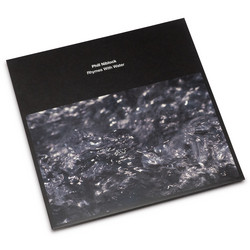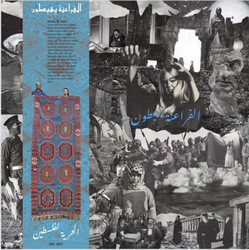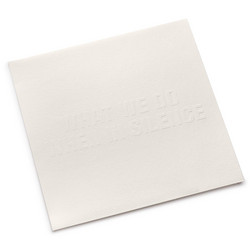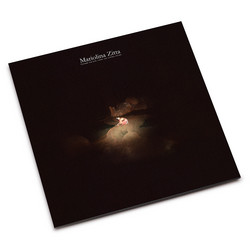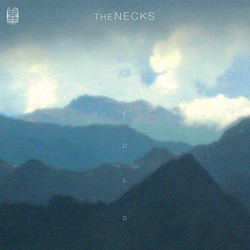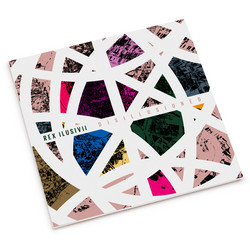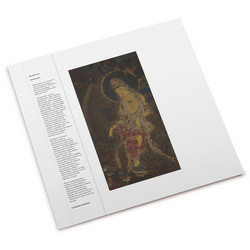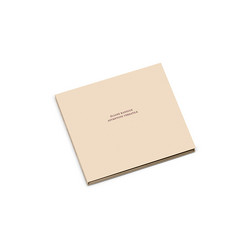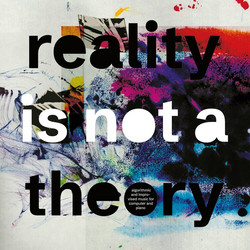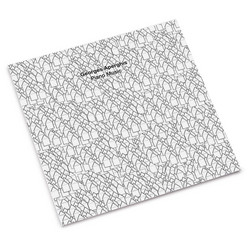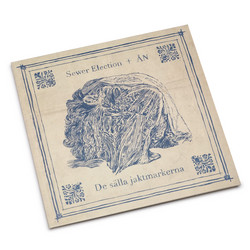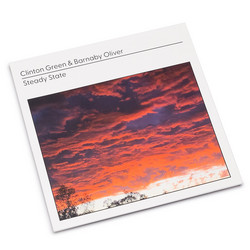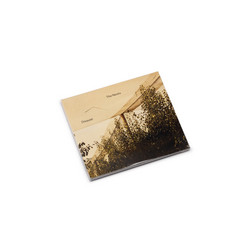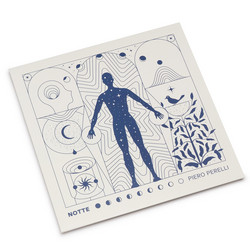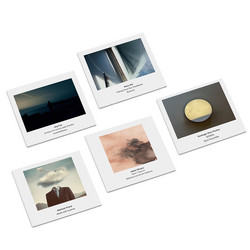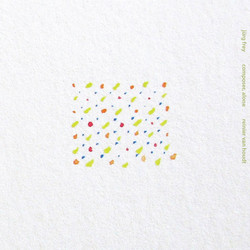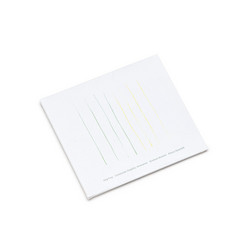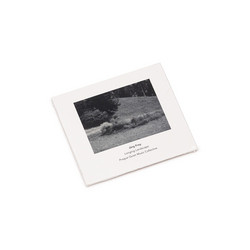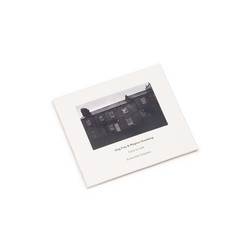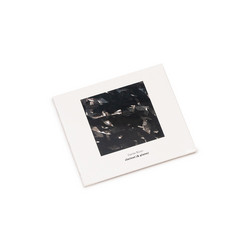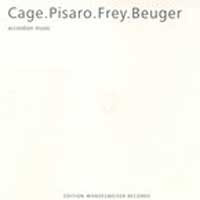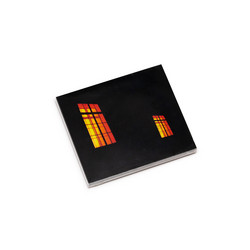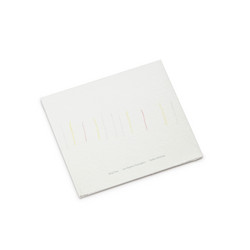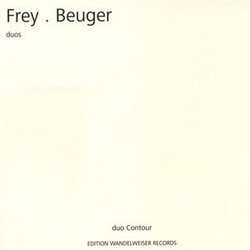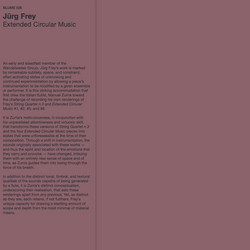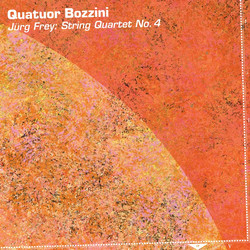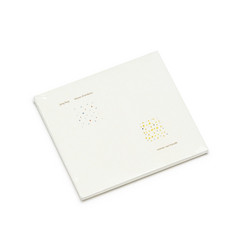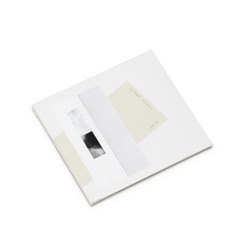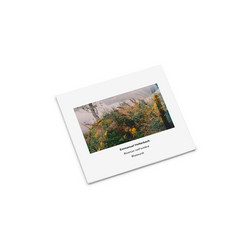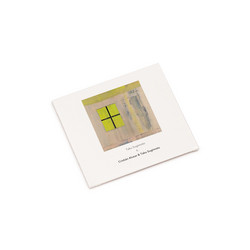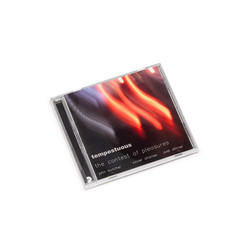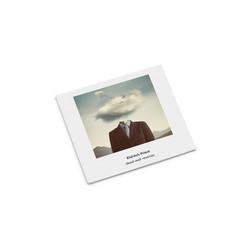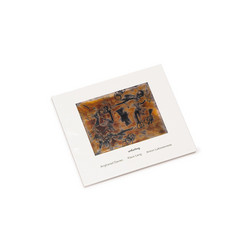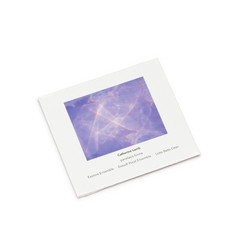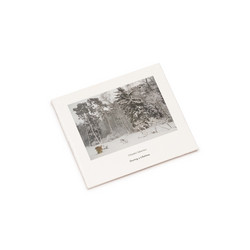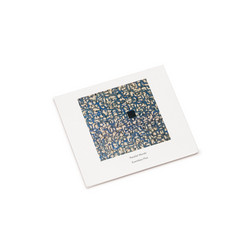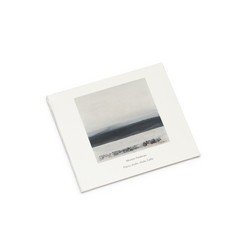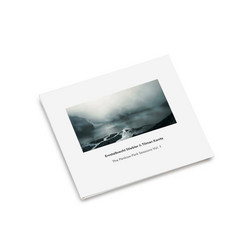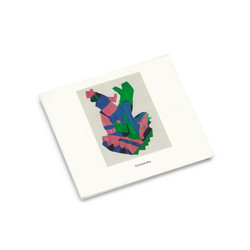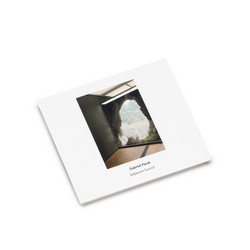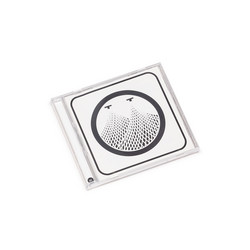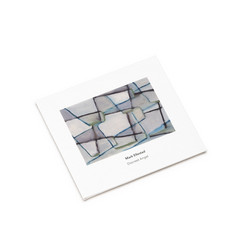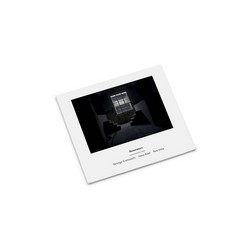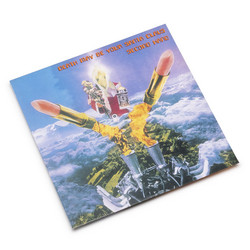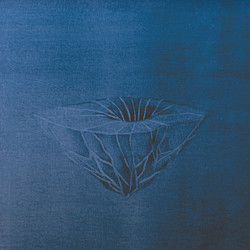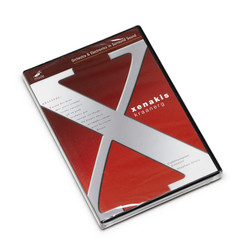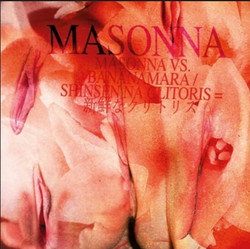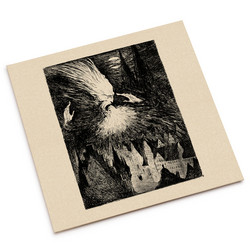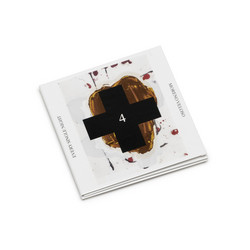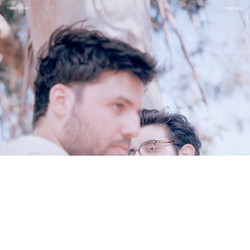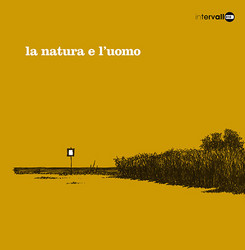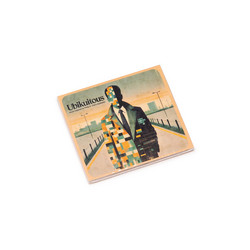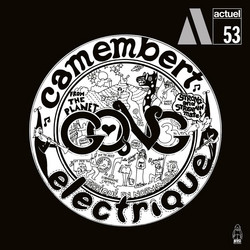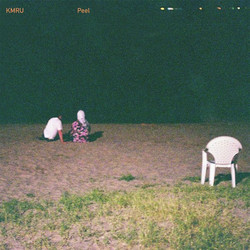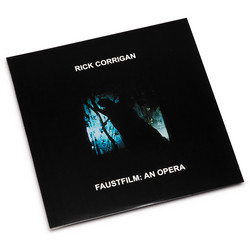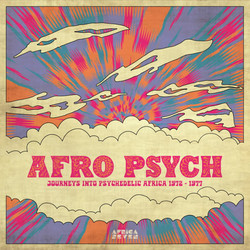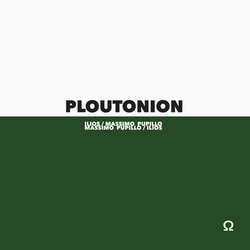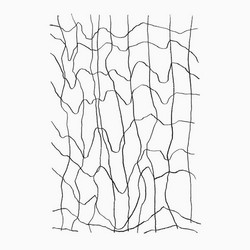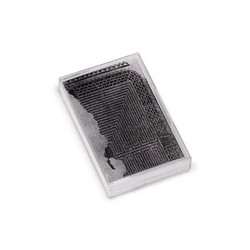Jürg Frey
Collection Gustave Roud (2CD)
Collection Gustave Roud is a double album presenting five quietly radiant works by Swiss composer Jürg Frey, each created in dialogue with the poet and photographer Gustave Roud. The pieces - realized by a remarkable ensemble including Dante Boon, Stefan Thut, Andrew McIntosh, Regula Konrad, and others - parse the space between nature and imagination, fragment and wholeness. Frey’s music is intimately bound to Roud’s texts, which trace the passing of seasons, the mystery of the Haut-Jorat landscape, and the drift of memory in rural Switzerland.
Disc one opens with “Paysage pour Gustave Roud,” where clarinet glimmers above delicate piano and subtle winds, capturing the frail equilibrium that pervades Frey’s sound world. “Haut-Jorat” and “Ombre si fragile” follow, combining cello, piano, and voice with quietly receding harmonies and extended silences. Each movement is poised between restraint and gentle amplification of gesture, letting every timbral shift echo the melancholy beauty of Roud’s language and photographs.
The second disc continues with “La presence, les silences” and “Farblose Wolken, Gluck, Wind,” exploring intersections between landscape and poetic evocation. Through transparent scoring for strings, winds, percussion, and trumpet, Frey delineates a compositional practice that privileges openness, duration, and the lived sensation of time as it passes. Rather than narrate or resolve, Frey’s pieces wander, opening sonic spaces for the listener to inhabit - and to complete - the music’s sense of possibility.
Throughout the collection, Frey’s engagement with Roud’s poetry and vision becomes a means of reimagining chamber music as an art of proximity, vulnerability, and attention. Each ensemble realizes Frey’s scores with luminous clarity, making silence as present as any note. Collection Gustave Roud stands as a meditation on landscape, lyricism, and listening - a place where voice, horizon, and memory meet on equal terms, and meaning emerges quietly, almost by accident.
